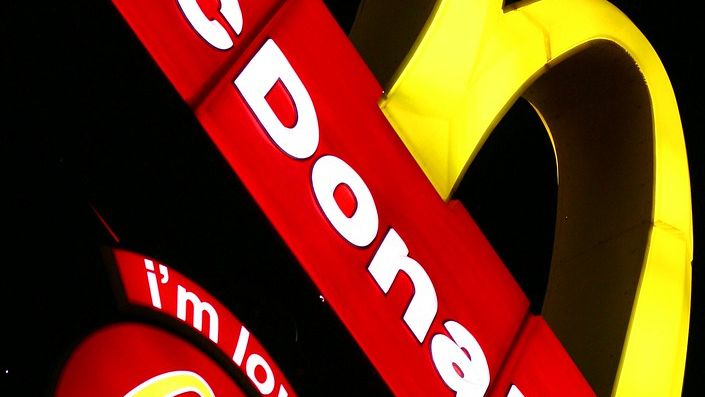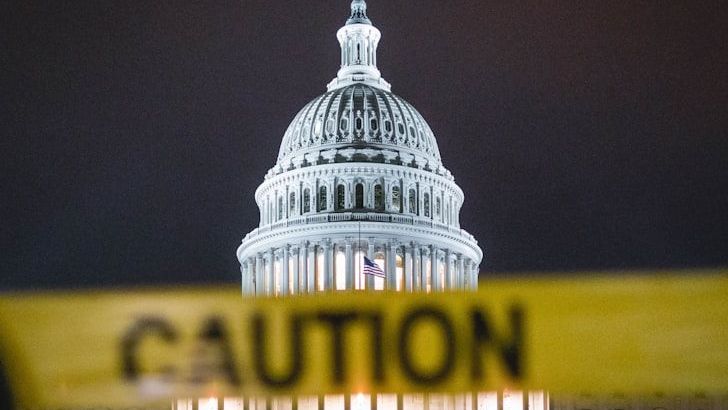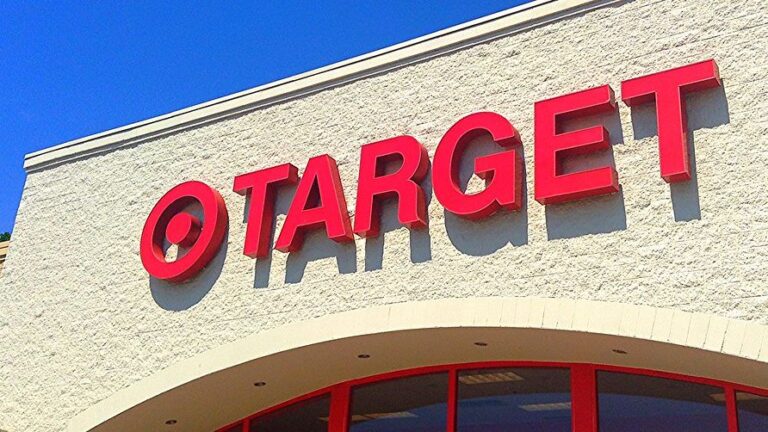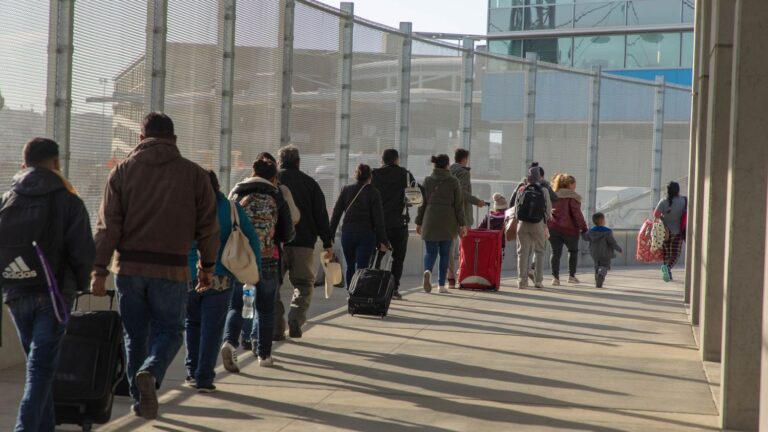The Rich Keep Opening Their Wallets While Others Look For Savings – According To USA TODAY
America’s economic landscape is painting a stark picture of inequality, where the wealthy continue their spending sprees while middle and lower-income families tighten their belts. This growing divide isn’t just about lifestyle choices anymore. It’s becoming the backbone of our entire economic system.
The numbers tell a story that would make even the most optimistic economist pause. We’re witnessing a fundamental shift in how America’s economy operates, and honestly, it’s both fascinating and concerning at the same time.
Wealthy Americans Fueling U.S. Economic Growth
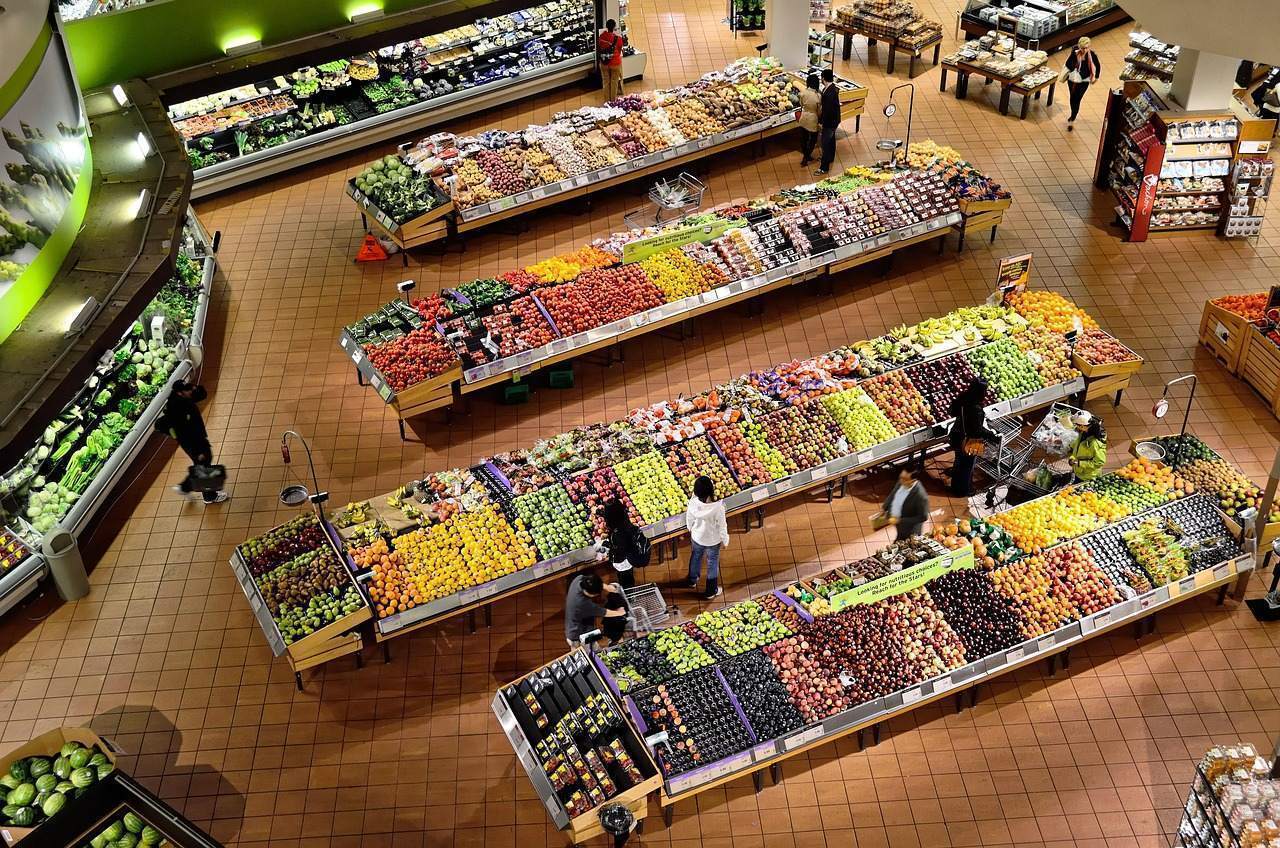
The wealthiest Americans are now responsible for nearly half of all consumer spending, a record high according to a new report by Moody’s Analytics. In the second quarter of 2025, the top 10% of earners accounted for 49.2% of total spending, up from 46% in 2023 and 43% in 2020. Analysts say the U.S. economy’s resilience – especially heading into the holiday season – increasingly relies on the spending power of its richest citizens.
Middle Class Spending Stalls Amid Cash Crunch

While affluent households continue to splurge, middle-income earners are struggling to maintain their spending levels. Those in the 40th to 60th income percentile spent $2.1 trillion in the second quarter of 2025 – roughly unchanged from previous years. Rising costs have eroded disposable income for many, leaving consumer confidence at its lowest point since mid-2022, when inflation peaked during the COVID-19 recovery.
Wealth Divide Deepens As Costs Soar
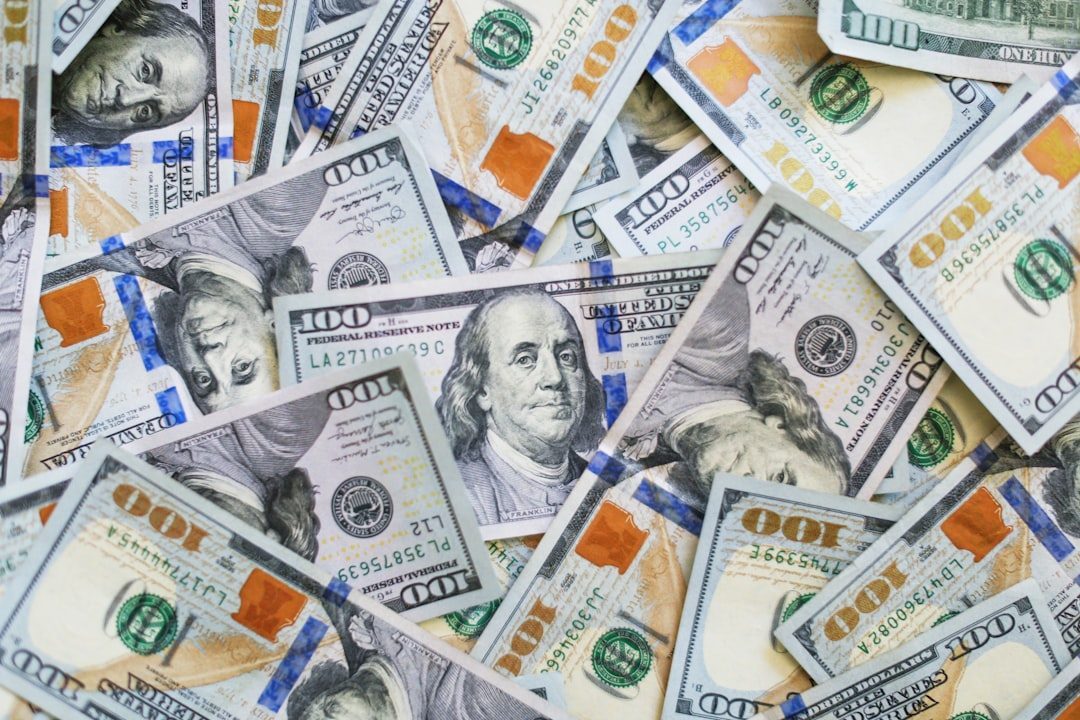
The economic gap between rich and poor has widened sharply. Prices have jumped 25% since 2020, but soaring stock portfolios and home values have shielded wealthy households. “Their wealth is growing,” said Taylor Jo Isenberg of the Economic Security Project. “They’re spending, while millions of Americans face an affordability crisis.” Retailers now expect upper-income shoppers to drive most of this year’s holiday sales growth, while others rely on discounts and buy now, pay later options.
Stocks And Real Estate Lift Top Earners

Economists cite the AI-driven stock boom and soaring home prices as key reasons behind the surge in upper-class wealth. The top 1% of Americans now own half of all stock market assets, and the average top-earning household holds over $1.1 million in stocks, up nearly 80% since 2022. Real estate has also boosted fortunes: average home prices have climbed 41% since 2020, and 90% of top earners own homes – many locked in at pandemic-era mortgage rates below 3%.
The Risks Of Relying On The Wealthy

Analysts warn that the economy’s dependence on affluent consumers could backfire if the stock market dips or the job market weakens. The U.S. unemployment rate stands at 4.4%, its highest since 2021, prompting concerns that any downturn could hit high earners’ confidence. “If stock prices fall and stay down,” said Mark Zandi of Moody’s, “their spending will drop – and that would slow the economy for everyone.”
A Fragile Balance Ahead Of The Holidays

For now, the prosperity of wealthy Americans continues to prop up economic growth. But the contrast between thriving high earners and struggling middle- and low-income households highlights an increasingly K-shaped economy – one where success and hardship diverge sharply. Economists say the holiday season will reveal whether the U.S. can sustain its momentum or if overreliance on the rich will expose the fragility beneath the surface of America’s recovery.

